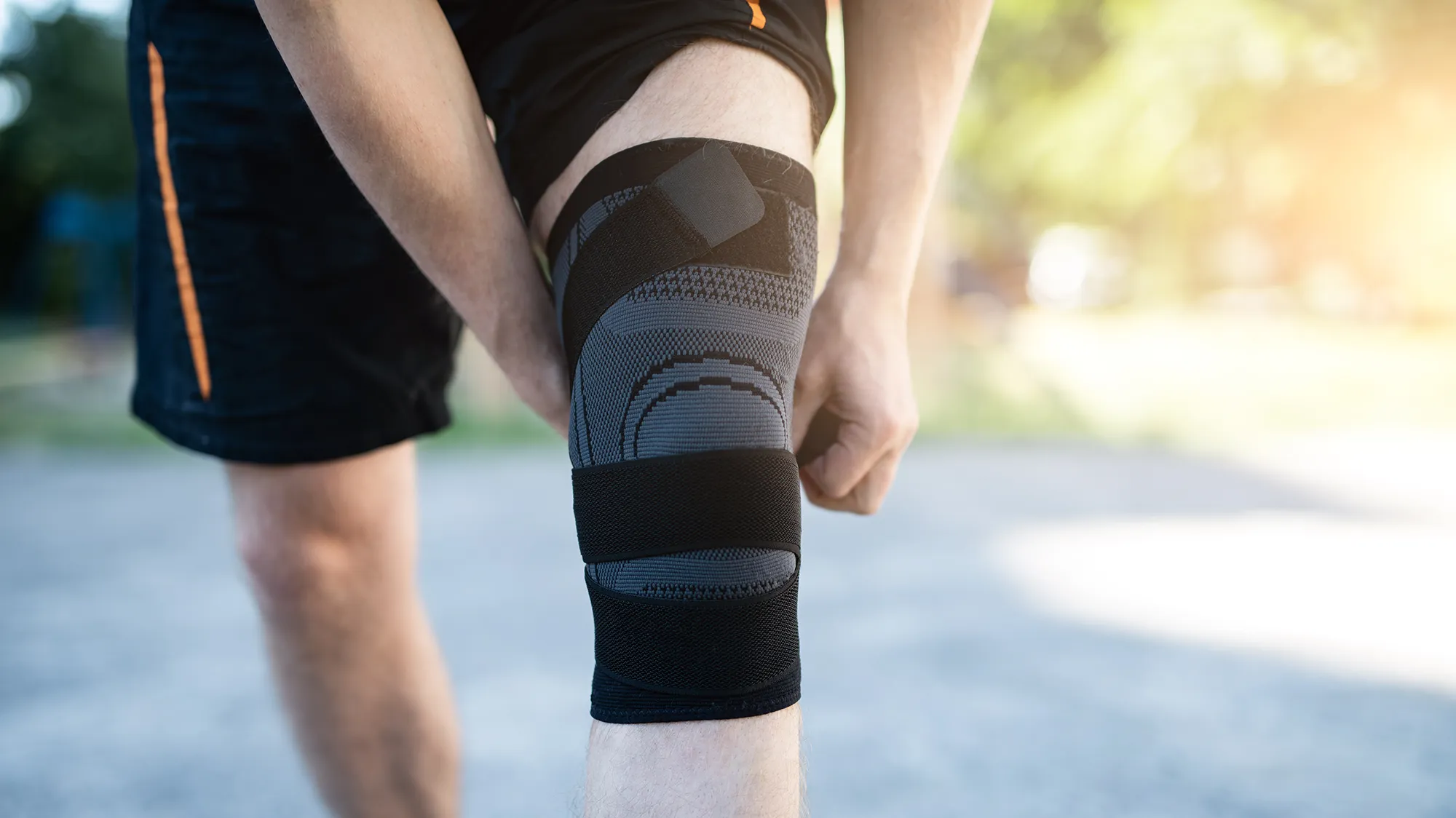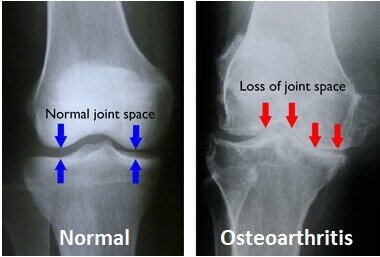A torn meniscus is a common injury that can cause significant pain and discomfort, affecting people of all ages and activity levels. This injury occurs when the C-shaped pieces of cartilage in the knee, known as the menisci, become damaged due to sudden twisting, turning, or overuse of the knee joint. As anyone who has experienced it can attest, a torn meniscus can be a frustrating and painful condition that limits mobility and interferes with daily life.

In the quest for relief and rehabilitation, many individuals turn to various treatments and strategies to manage their torn meniscus. Among these options, knee braces have gained popularity as a non-surgical solution to alleviate pain and support the injured knee joint. However, the question remains: Will a knee brace truly help a torn meniscus, and if so, under what circumstances is it most effective?
In this comprehensive article, we will delve into the world of torn meniscus injuries, examining the role of knee braces in their management. We will explore the mechanisms behind knee braces, their potential benefits, and the situations in which they can be most beneficial. Additionally, we will shed light on the scenarios in which knee braces may not be the most appropriate or effective choice, emphasizing the importance of a well-rounded approach to recovery. Whether you’re someone who has recently experienced a torn meniscus or simply seeking to understand the best strategies for managing this common knee injury, this article will provide you with valuable insights to make informed decisions about your treatment and rehabilitation options.
The Role of Knee Braces in Torn Meniscus Recovery
Knee braces are medical devices designed to stabilize and support the knee joint. They come in various types, each serving a specific purpose. In the case of a torn meniscus, knee braces can play a vital role in the recovery process. Here are some key ways in which they can be beneficial:
- Pain Reduction: One of the primary benefits of using a knee brace for a torn meniscus is pain reduction. By providing additional support to the injured knee, braces can help reduce the pressure on the damaged meniscus, alleviating pain and discomfort. This often allows individuals to move more comfortably and engage in rehabilitation exercises more effectively.
- Stability: Knee braces help stabilize the joint by limiting excessive movement. This can be especially helpful for those with a torn meniscus, as it prevents further injury and protects the joint during physical activities or daily movements.
- Improved Function: Individuals with a torn meniscus may find that a knee brace improves their overall knee function. It can help restore a sense of confidence in the knee, making it easier to walk, stand, or perform activities that were previously challenging.
- Rehabilitation Aid: Knee braces are commonly used in conjunction with physical therapy and rehabilitation exercises. They support the healing process by facilitating controlled movement and guiding the knee through its range of motion. This is particularly crucial for athletes and active individuals looking to return to their respective sports or activities.
When Knee Braces Might Not Be the Ideal Solution
While knee braces can be highly effective in many cases of torn meniscus, they may not always be the ideal solution. Here are some instances where knee braces might not provide the expected benefits:
- Severe Tears: In cases of severe or complex meniscus tears, knee braces alone may not offer sufficient support. Surgical intervention may be necessary to repair or remove the damaged tissue, and a brace may still be used as part of the post-surgery rehabilitation process.
- Misuse or Poor Fit: If a knee brace is not properly fitted or not used as directed, it may not provide the intended benefits. It is essential to consult a healthcare professional who can recommend the appropriate type of brace and ensure it is correctly positioned and adjusted.
- Chronic Conditions: For individuals with chronic knee conditions or degenerative arthritis, a torn meniscus may not be the only issue affecting their knee. In such cases, the underlying condition may need to be addressed separately, and a knee brace may be only one component of a comprehensive treatment plan.
- Individual Variability: Every person’s body and injury are unique, and what works for one individual may not work for another. It’s important to consult with a healthcare provider to determine the best treatment plan based on the specific characteristics of your torn meniscus.
In conclusion, knee braces can be a valuable tool in the management of a torn meniscus. They offer pain relief, stability, and support for improved function and rehabilitation. However, their effectiveness can vary depending on the severity of the injury and individual factors. Consulting with a healthcare professional is crucial in determining whether a knee brace is the right choice for your specific situation and ensuring that it is used correctly to aid in your recovery journey. A well-informed approach, including proper diagnosis, guidance from medical experts, and a personalized treatment plan, is essential to achieving the best outcomes in the recovery from a torn meniscus.




